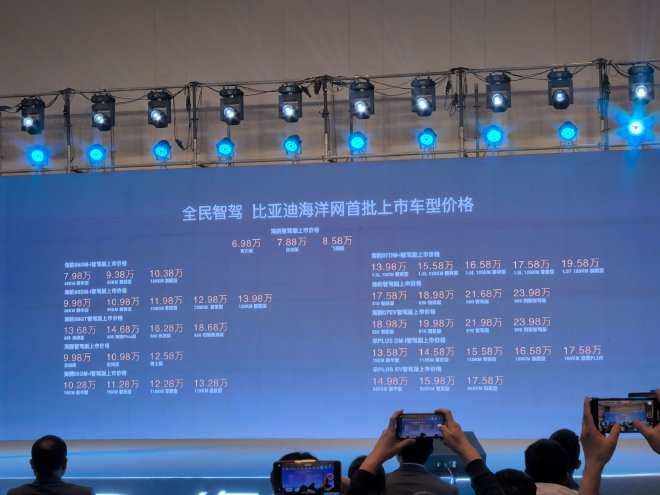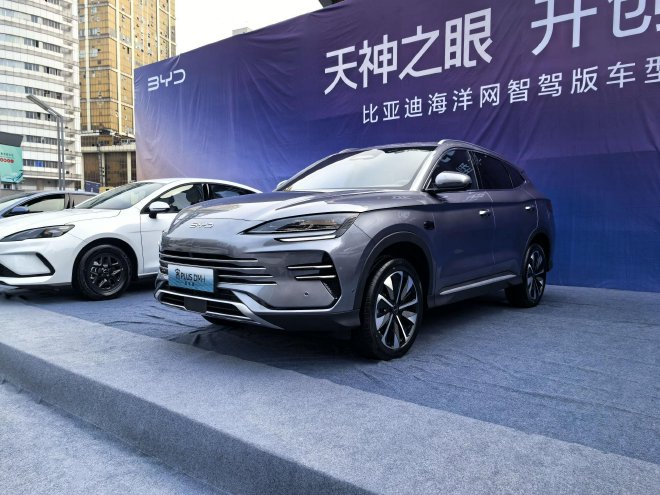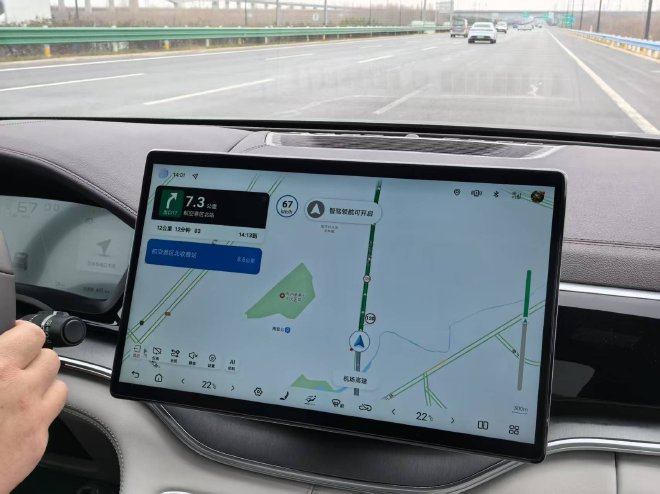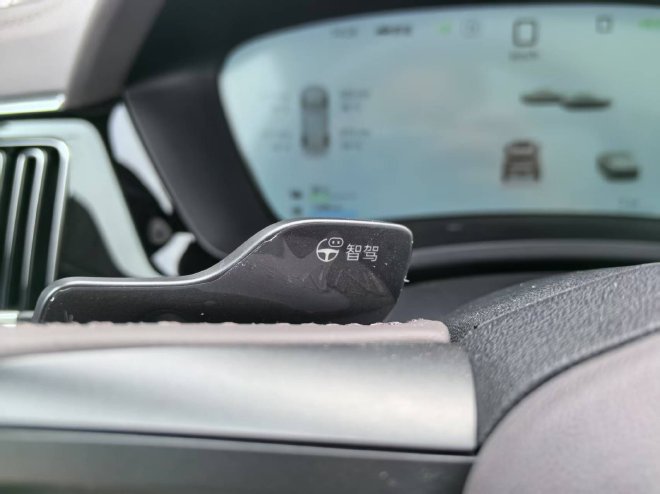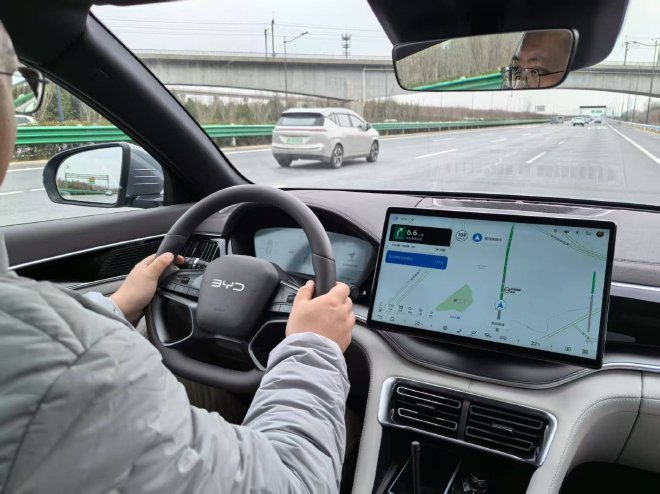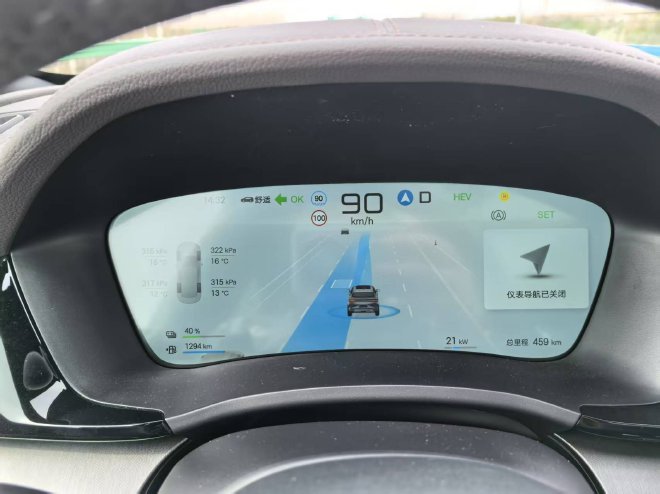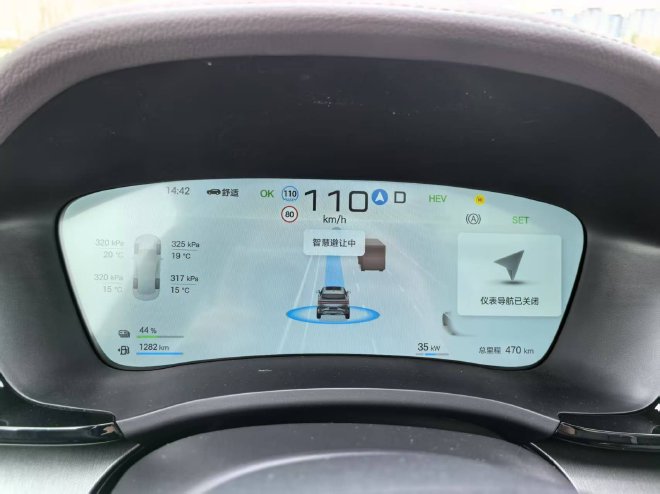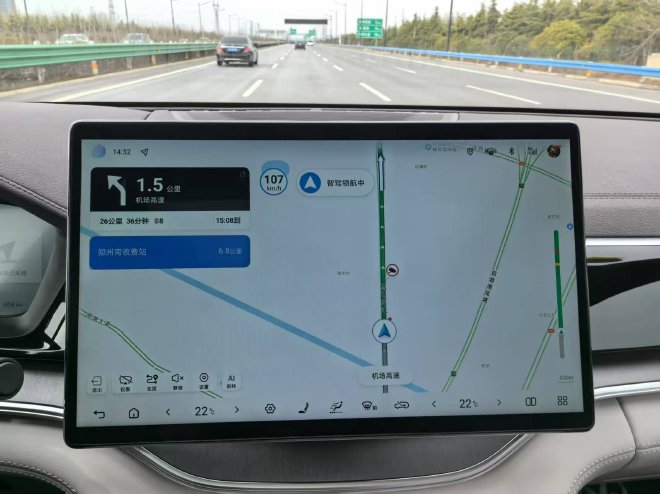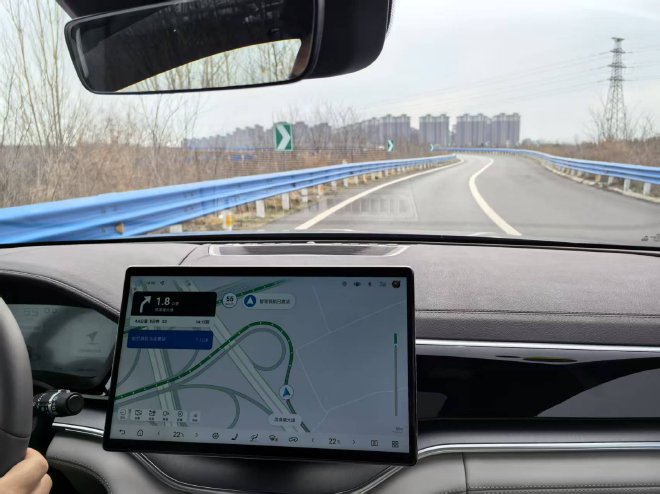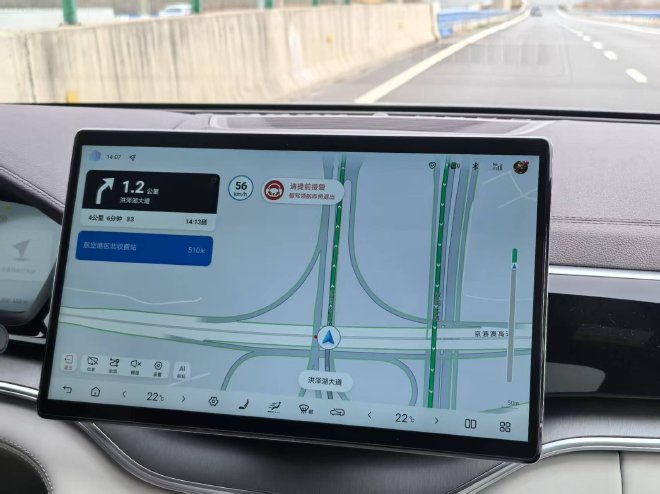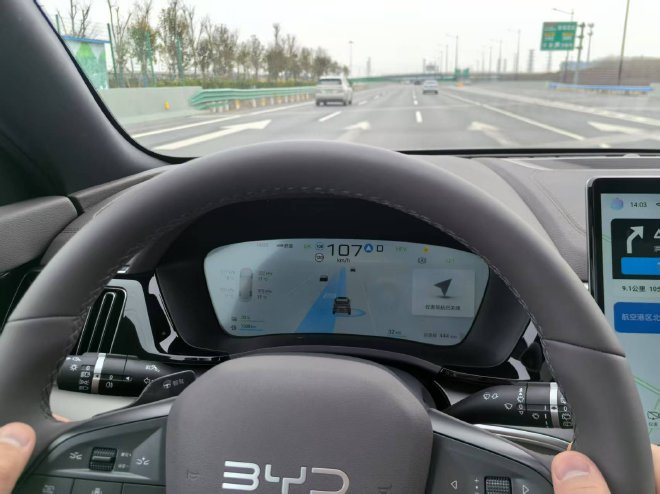On March 4, BYD launched the Ocean Network Intelligent Driving models in Zhengzhou. The new cars range from 69,800 to 239,800 yuan (33150$). The lineup includes the Seagull, Seal, Lion, and several models from the Song PLUS family. These Intelligent Driving models feature BYD’s advanced C-level three-eye intelligent driving system. This supports the goal of universal intelligent driving.
In February, BYD announced the prices for its Ocean Network models during the launch of the Intelligent Driving version. This launch is regional. The prices remain unchanged. Today, we can experience the Tian Shen Zhi Yan C – High-Level Intelligent Driving Three-Eye version. Let’s see how it performs.
We experienced the Song PLUS DM-i Smart Driving version. This model features BYD’s fifth-generation DM technology, the advanced God Eye C – three-camera smart driving version, and the high-end DiLink 100 smart cockpit. Let’s drive the car and see how it performs on the road.
This time, we will focus on the high-speed navigation feature of the Song PLUS DM-i Intelligent Driving version. The intelligent driving start button sits behind the steering wheel. When we drive onto the urban expressway, the dashboard and display show that navigation can activate. We just need to push the intelligent driving start button to activate it with one click. It is very convenient.
When we activate the navigation feature, the vehicle quickly identifies the current lane, speed, and speed limit. If the speed is low, the vehicle accelerates promptly. During acceleration, the system checks the surroundings. If no cars approach from behind and there is a gap in the left lane, it activates the turn signal and changes lanes.
When slow vehicles appear ahead, the system detects them from a distance. It makes quick judgments. The system can overtake on the left or right. After overtaking, it swiftly returns to the original lane. The entire process feels smooth. Most importantly, the system makes decisions early. It does not slow down and follow for a while before overtaking. This aspect satisfies me greatly.
When a large vehicle appears ahead, the system alerts the driver through the dashboard. It then maneuvers to avoid the large vehicle. The car slightly drifts left and quickly passes the large vehicle. After passing, it returns to the normal lane, ensuring the safety of passengers.
When we need to change lanes at high speed, the vehicle starts moving to the right lane about 2 km ahead. It stays in the current lane for a while during each lane change. This allows for observation. The vehicle only changes lanes again when it confirms no cars approach from behind.
The system controls speed precisely when navigating ramps. It handles large curves easily. If multiple lanes appear in a curve, the system stays calm. It continues in the current lane. When lanes decrease, the system quickly recognizes it. It changes lanes safely.
If a vehicle cuts in ahead, this system recognizes it quickly. It reduces speed immediately to avoid accidents. We can also set the following distance ourselves. When driving at high speed, it’s safer to set the distance to the maximum.
In addition to automated features, the vehicle can change lanes using the lever. Users can set their own speed limits based on personal habits. As the vehicle approaches a toll booth or exits a highway, the system alerts the driver with text and sound, indicating manual takeover is needed. Summary: Today, we test-drove the Song PLUS DM-i Intelligent Driving version. It supports urban NOA, including automatic parking, remote parking, and valet parking. BYD’s Tian Shen Zhi Yan C – Advanced Intelligent Driving version offers high practicality. No wonder it promotes “Universal Intelligent Driving.” It truly lives up to its name. Are you satisfied with this system’s performance? Let’s discuss it together.
